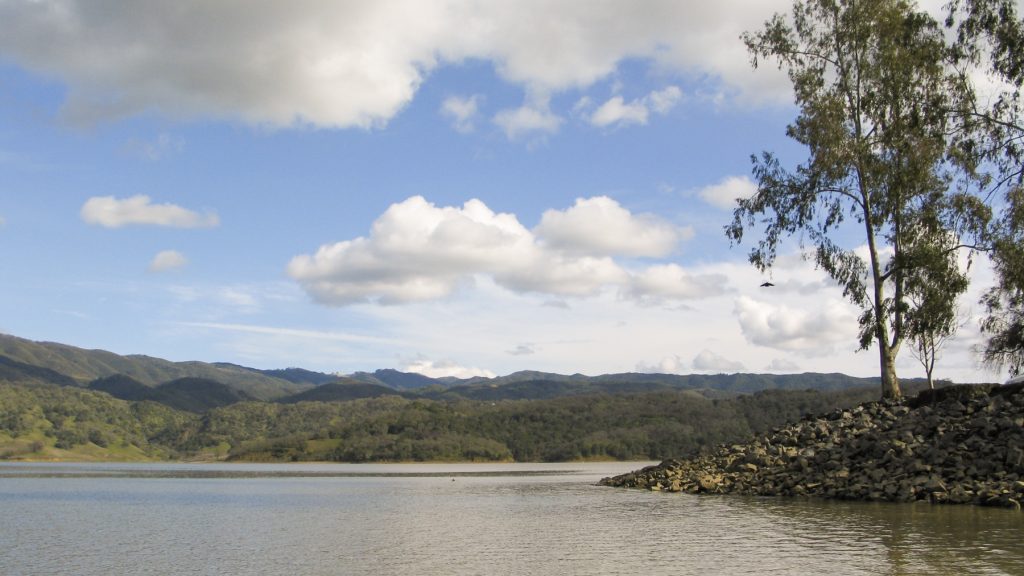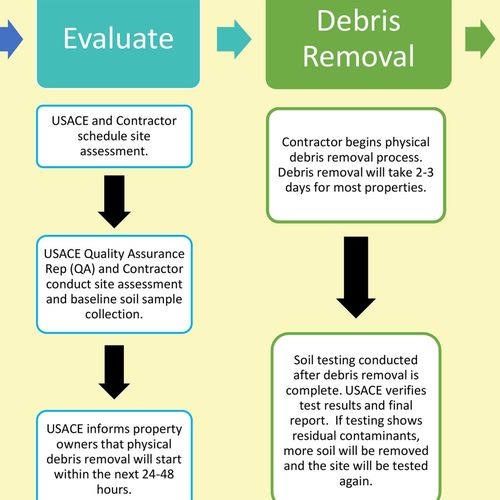I recently attended a presentation by Janet Pauli, Ph.D., the preeminent expert on our local water supply. She made a compelling argument about why all of us should understand a little more about where our water comes from, so we can avoid running out in the future.
This is a complex issue to tackle in a column, but I want to share some key points and encourage folks to visit www.pottervalleywater.org to learn more.
Brief History
We have two main rivers in Mendocino County: the Eel and the Russian. In 1908, a mile-long, underground tunnel was built to connect them and divert less than 2 percent of the Eel River through what was named the Potter Valley Project.
We also have two dams in Mendocino County: Scott Dam, which was built in 1922 to form Lake Pillsbury, and Coyote Dam, which built in 1959 to form Lake Mendocino. Scott Dam was created primarily to provide hydroelectric power and Coyote Dam was created for flood control. Today, the value of the water supply they provide far outweighs the value of their original purposes.
When Coyote Dam was originally built, it was supposed to be a three-phase project: 1. Build the Coyote Dam north of Ukiah, 2. Build the Warm Springs Dam in Sonoma County, and 3. Increase the height of Coyote Dam by 36 vertical feet. Because this was the original plan, easements were put in place, the bridge on Highway 20 was elevated, and the dam was engineered to support the new height. However, the third and final phase was never implemented because the existing height of the dam protected the Ukiah Valley in subsequent floods.
Current Issues
Our biggest worries now are not related to floods or power, but to water supply and how to balance environmental concerns with economic ones. During recent droughts, Lake Mendocino hit dangerously low levels.
When the dams were originally built, people focused on economic progress and largely ignored the environmental impacts of their actions. Today, some people argue for removing all dams and allowing rivers to take their natural courses in hopes of returning to a bygone era, but this is impractical and unrealistic. We need to find a balance between protecting wildlife and addressing the needs of people who live in Mendocino County.
There is no turning back time. Removing existing dams doesn’t undo the decades of evolution caused by logging, commercial and recreational fishing, past droughts and floods, cannabis cultivation and the changing ocean currents of the Northern Pacific Ocean.
Removing existing dams would, however, require hundreds of thousands of people to find a new water source for drinking water, fire suppression, recreation, agriculture, and many commercial and industrial uses. A recent study by Dr. Robert Eyler calculated that $740 million of Mendocino County’s business revenue is directly dependent on irrigation water diverted from the Eel River through the Potter Valley Project and stored in Lake Mendocino. And the flow of water doesn’t stop at the county line. In the Alexander Valley where they use 11,000 acre-feet of water from the Russian River, the economic benefits have been estimated at $145 million.
More than 600,000 people in Mendocino, Sonoma and Marin Counties depend on water from the Potter Valley Project’s Eel River diversion for their domestic and agricultural water supplies. This water also helps meet the instream flow requirements necessary for protection of the ecology and recreational value of the Russian River.
The lakes created by Scott Dam and Coyote Dam provide a haven for bald eagles, migrating waterfowl, elk, deer and many other species. Also, although the dams hurt the salmon migration when they were built; since then, the fish hatchery, fish ladders and strategic releases of water have helped migrating fish.
To protect the people and wildlife in our area against future droughts, we need to raise Coyote Dam.
If you have questions about real estate or property management, please contact me at [email protected] or call (707) 462-4000. If you’d like to read previous articles, visit my blog at www.richardselzer.com. Dick Selzer is a real estate broker who has been in the business for more than 40 years.


